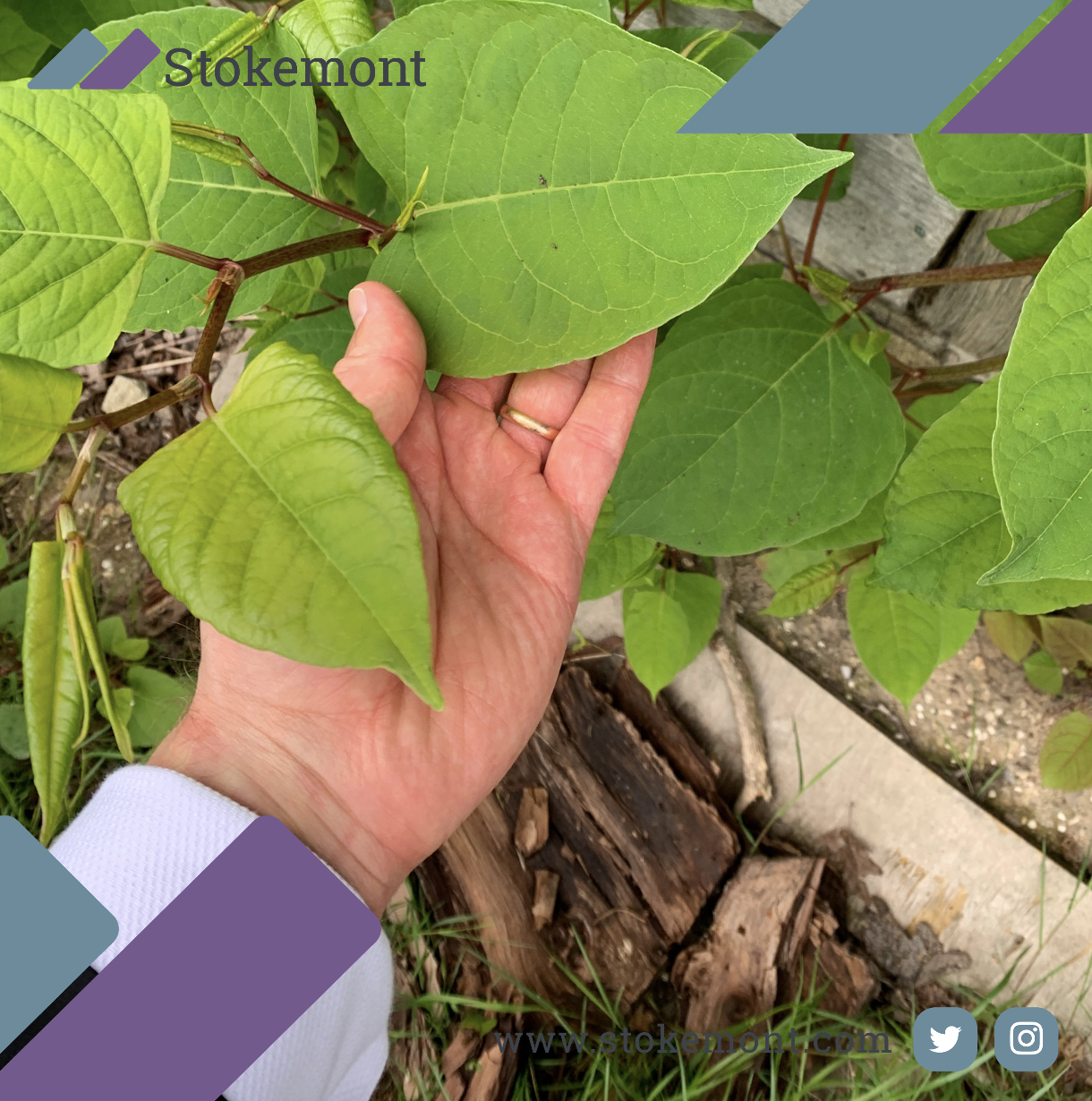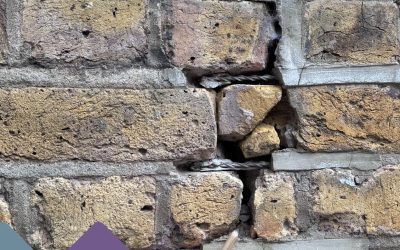Hello and welcome to today’s informative property surveying blog post. In today’s blog post I am going to be taking a look at what is Japanese Knotweed and how to get rid of it.
Japanese Knotweed is an invasive plant species (meaning that it is not native to England) that was initially introduced in the 19th century and ended up becoming a commercial success for its distinctive beauty with its bamboo like stems and its heart shaped leaves, but initially, when this was introduced those who popularised Japanese knotweed were unaware of the destruction to our own environment that it could cause.
As the native conditions of the plant are far harsher than our own with it being commonly found growing next to volcanos in volcanic ash, Japanese Knotweed has had to develop rapidly growing roots with them being able to grow up to 20cm a day and up to 3m deep within the soil.
As a result, it is capable of playing havoc on the structural integrity of your property’s foundations with its root systems being able to find their way through any tiny cracks that are preexisting within the structure and would cause those to worsen as it grows thus compromising the structural integrality of the structure.
Japanese Knotweed in its natural habitat is also under lots of predation by different bugs and animals and with it having to compete with other plants in its own natural habitat that are also far hardier than our own, all have led to it being capable of rapidly reproducing even from the smallest remnants, so unless it is completely eradicated there is always a chance that it will come back all leading to it becoming the pest that we see it as today.
This is why getting rid of Japanese Knotweed is a lengthy process that can sometimes take up to 5 years to completely eradicate, sometimes even longer as even if it is completely removed on the surface it is the deep root structure of Japanese Knotweed that is the issue as if any of that remains then it is capable of coming back.
In order to completely get rid of Japanese Knotweed the use of specialist chemicals and/or specialist contractors that have a great deal of experience with the plant will generally need to be used.
In some extreme cases, a complete excavation of your garden may be necessary to completely get rid of any trace of Japanese Knotweed to ensure that it does not return.
You are capable of attempting to handle it yourself but as I have stated above unless all the root system is completely eradicated then the likelihood of it returning is very high, this is why here at Stokemont we would always recommend speaking to an expert to give you guidance on how to proceed before taking any action.
As some of the methods of getting rid of Japanese Knotweed can range, so too can the cost and will generally range anywhere from £1000 on the low end up to £12000 on the high end depending on how large the affected area is and the method of treatment that is used.
Due to the extreme difficulty and cost of removing Japanese Knotweed, if it is found on your property then it can go to devalue the price as the cost and the length of time of the removal process will have to be taken into account.
So, it is important that if you are looking so sell your property or even get it valued then this would be have to be something that you would take into consideration, likewise if you are looking to buy a property that currently has Japanese Knotweed then we would strongly advise to consider the time and cost of removal of the weed in your offer.
I hope this gives you a further understanding and insight into Japanese Knotweed and if you have any further questions in regards to today’s topic or any of the other services that we offer here at Stokemont then please do not hesitate to get in touch, which you can do by either giving us a call or alternatively popping us over an email and one of our team of experienced surveyors will be happy to assist and advise you.




